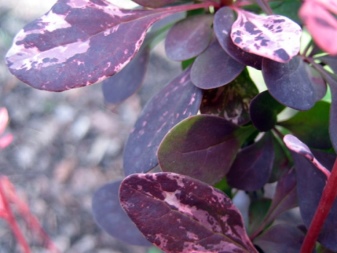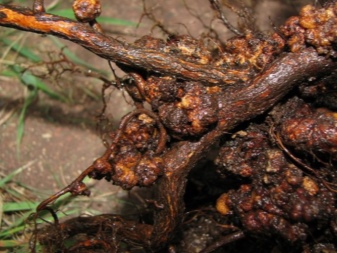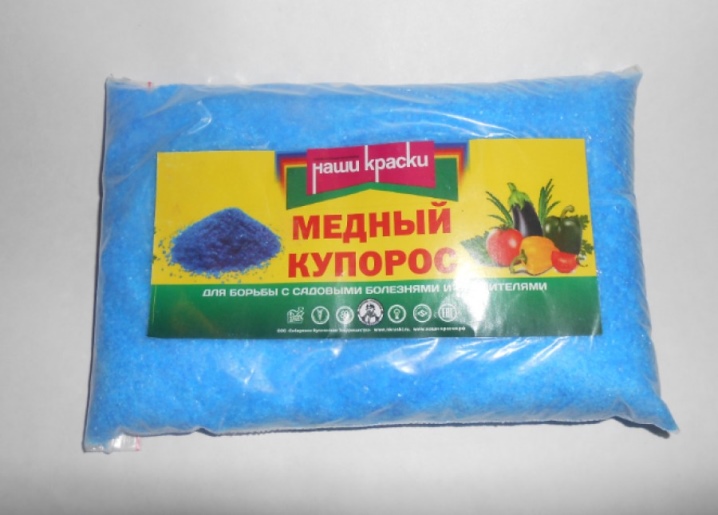Barberry Thunberg "Rose Glow": description, planting, care and reproduction

The genus barberry has more than 580 wild species and a huge number of cultivated varieties. Barberry Thunberg "Rose Glow" is one of the most spectacular varieties of this wonderful species and is highly decorative. The popularity of the plant is due to the unusual pink color of its leaves, which creates the illusion of continuous flowering. In addition, the variety is very unpretentious in cultivation, which is why it is especially popular with novice gardeners.


Description
The Rose Glow variety is a tall shrub that grows up to 1.5 meters in 10 years and has a crown of about 2 meters in diameter. Over time, old shoots become woody and overgrown with thorns. A distinctive feature of the Rose Glow variety are purple leaves with dark pink spots and stripes of pinkish, white and red colors scattered over them.
Young growth, painted in bright pink color, also looks very impressive.

However, barberry reaches its apogee in late May-early June, when a yellow flower with reddish outer petals blooms on each shoot. By autumn, the foliage acquires an orange color, and oblong, rather large red berries appear in place of beautiful flowers, which, like many ornamental species, are inedible. The Rose Glow variety is distinguished by its high frost and drought resistance, disease resistance and undemanding conditions of keeping.

The shrub tolerates pruning well and adapts well to unfavorable environmental conditions. This allows it to be used for landscaping parks and squares located near large industrial enterprises.
Among the shortcomings of the variety, one can note the toxicity of fruits, bark and roots, as well as the presence of thorns that impede the formative pruning and loosening of the trunk circle.


How to plant and grow?
Before you start planting the Rose Glow variety, you must choose appropriate place. The shrub prefers sheltered from the wind, sunny areas with light natural shade. It is advisable to use the soil of medium acidity with an indicator of 7.5 pH. If acidified soils prevail on the site, then liming should be carried out every 3 years. To do this, 300-400 g of slaked lime are added under each root.

Alkaline soils, on the other hand, are slightly acidified with peat. Humus and sod land are added to depleted soils, and clayey ones are diluted with sifted river sand. Due to its unpretentiousness, the variety is able to grow even on stony soils, but loamy or sandy loamy compositions with a moderate organic content will be the best option for it.

After the place is determined, you can proceed to the choice of seedlings... Bushes for planting can be sold with both open and closed root systems. Plants with closed roots do not need preparation and can be transplanted to a new location at any convenient time. Bushes with open roots are carefully examined, dry and damaged shoots are removed, soaked in Kornevin's solution for 3 hours.

Then they start digging holes, taking into account that the root system of the barberry grows in breadth, and not in depth. In this regard, for small seedlings, holes with a depth of 25-30 cm are enough, for adult bushes - 50 cm.The width of the pit is determined independently, taking into account the volume of the rhizome. The distance between adjacent bushes is calculated based on the purpose of the planting.
For example, when forming a hedge, it should be 50 cm, and when decorating a landscape composition - 1.5 m.

As for the landing dates for the Rose Glow, the variety can be planted both in spring and autumn, if only the seedling was at rest. This is due to the fact that a fragile root system is unable to fully nourish the awakened bush. However, this requirement is true for plants with an open root system, shoots with closed roots are able to take root throughout the summer.

The barberry planting algorithm is as follows:
- drainage from crushed stone, expanded clay or broken brick is laid on the bottom of the pit and a layer of sand no more than 5 cm thick is poured;
- the prepared nutrient substrate is poured on top, consisting of garden soil, sand and humus, taken in equal parts, and a glass of wood ash and 100 g of phosphorus-containing preparations are added to each pit;
- a bucket of water is poured into the pit, a seedling is placed in it and the roots are carefully straightened;
- the roots are covered with planting soil mixture, compacted well and watered again;
- after the moistened soil has settled, the soil is poured, making sure that the root collar is flush with the ground;
- the near-stem circle must be mulched with straw, sawdust or peat.

Caring for the Rose Glow is very simple and involves weeding, watering, fertilizing, pruning and winterizing.
- It is recommended to water only young bushes, but this should be done no more than once a week. An adult barberry does not need regular watering and is content with precipitation. The exception is a prolonged drought, during which the bush is watered with warm water, and this is done in the evening, after sunset.

- The Rose Glow is fed three times per season, starting from the second year after planting. As a spring fertilizer, any nitrogen-containing preparation is used, for example, a urea solution. The second feeding is carried out on the eve of flowering, using for this any complex mineral fertilizers for flowering plants. The third feeding is performed in the autumn, after the plant has faded. To do this, 15 g of superphosphate and 10 g of potassium sulfate are introduced into the near-trunk circle, they dig the earth well and water it.
The application of organic fertilizers is performed every 3 years, using an infusion of mullein or bird droppings for this. After adding organic matter, the bushes are well spilled with warm water.

- Pruning barberry, which is grown as a tapeworm, performed in the spring, before the start of sap flow, using garden shears and forming a spherical crown. The bushes that make up the curb are trimmed twice during the summer - in the first decade of June and early August. If the variety was planted as a hedge, then in the second year after planting, all shoots are shortened by exactly half. This provokes abundant branching and increases the decorative effect of the bushes.

- Rose Glow tolerates frost well, however, young 2-3-year-old bushes still need shelter. Before the onset of cold weather, each bush is wrapped in non-woven material, and the trunk circles are mulched with humus. With the onset of spring thaws, the shelter is dismantled, otherwise the shoots begin to grow.

How to propagate?
For reproduction "Rose Glow" use cuttings, layering and dividing the bush. The seed method is not used, as seedlings lose many of their parental characteristics.

Cuttings
Cuttings are cut in June. To do this, select the growth of the current season and cut out its middle part 10 cm long, having 4 leaves and one internode. In this case, the lower end of the cutting is cut obliquely, and the upper end is cut straight. The lower leaves are removed from the cutting, the upper leaves are cut in half and an oblique cut is placed in Kornevin.
Next, a mixture of sand, peat and vermiculite is prepared, where the cutting is planted. The planting is regularly moistened, preventing the soil from drying out.
The appearance of the first leaves will indicate the rooting of the cuttings. The next spring, barberry seedlings are transplanted into the garden.

Dividing the bush
In the spring, before the first buds awaken, they choose a healthy bush older than 3 years old and carefully dig it out of the ground. Then, with a sharp disinfected knife, the root is divided into several parts and the cut points are treated with charcoal. Delenki roots are dipped in a mash made of water, clay and "Kornevin", then planted in new places.

Layers
From a healthy bush, take the lower branch, bend it to the ground and fix it with garden pins. Then sprinkle it with a fertile substrate and watered with warm water weekly. By the fall, the cuttings take root and after a year can be separated from the mother bush and transplanted to a new place.

Diseases and pests
Rose Glow barberry does not tolerate dampness, therefore it can be susceptible to fungal diseases. Common ailments are powdery mildew, rust and mottling. Cope with diseases will help the use of copper-containing fungicides.

The variety is often sick bark necrosis and bacteriosis.


In the first case, the removal of diseased shoots and treatment with a solution of copper sulfate helps, in the second - cutting off damaged areas, and with the defeat of the base of the shoots - and the whole bush.

Of the pests, the most dangerous is considered barberry aphid.

Insecticides and preventive treatment of bushes with a solution of laundry soap will help to cope with it. When attacks flower moth the bushes are treated with Chlorofos, 2% Karbofos or Fitoverm.



Application in landscape design
Rose Glow barberry looks great both in group plantings and as a tapeworm.
However, it should not be planted near poplar, acacia and elderberry. These plants actively emit phytoncides, which are detrimental to the Rose Glow barberry.
Barberry looks very natural against the background of firs.

Rose Glow as a hedge is the perfect solution for the garden.

Barberry in landscape design looks very natural.

"Rose Glow" is in good harmony with birch spirea.

In the next video you will learn all about the features of the Rose Glow barberry Thunberg.



































































The comment was sent successfully.